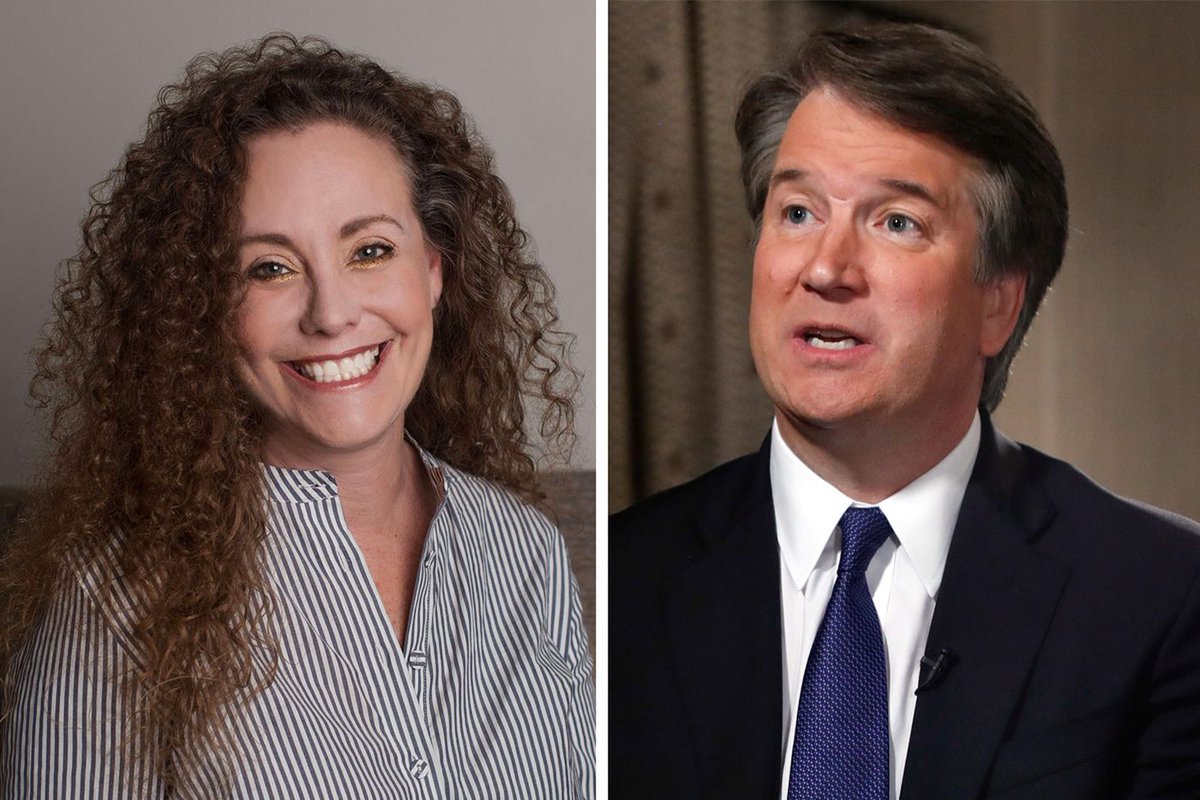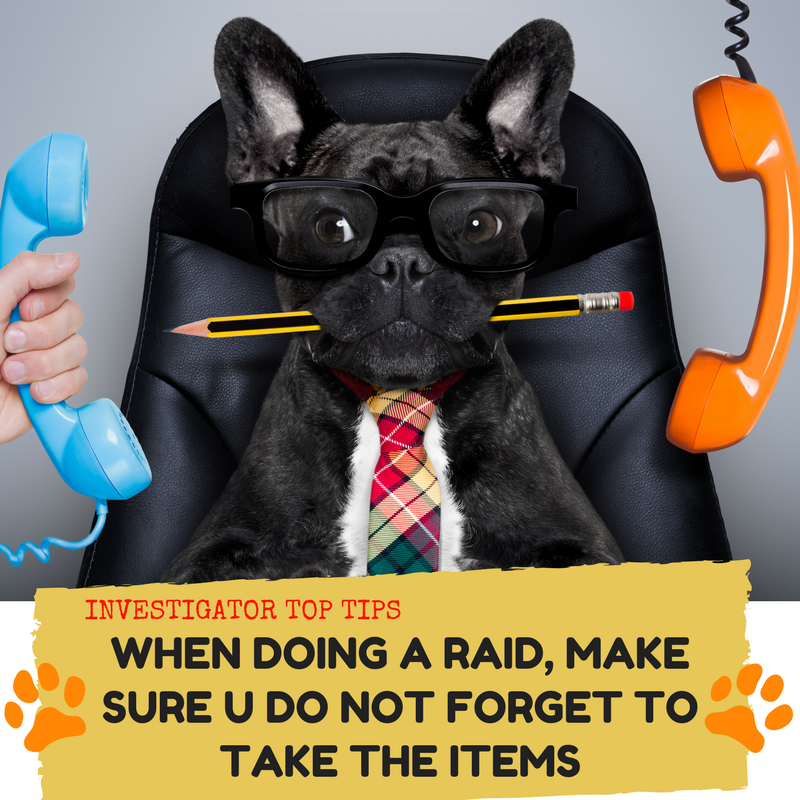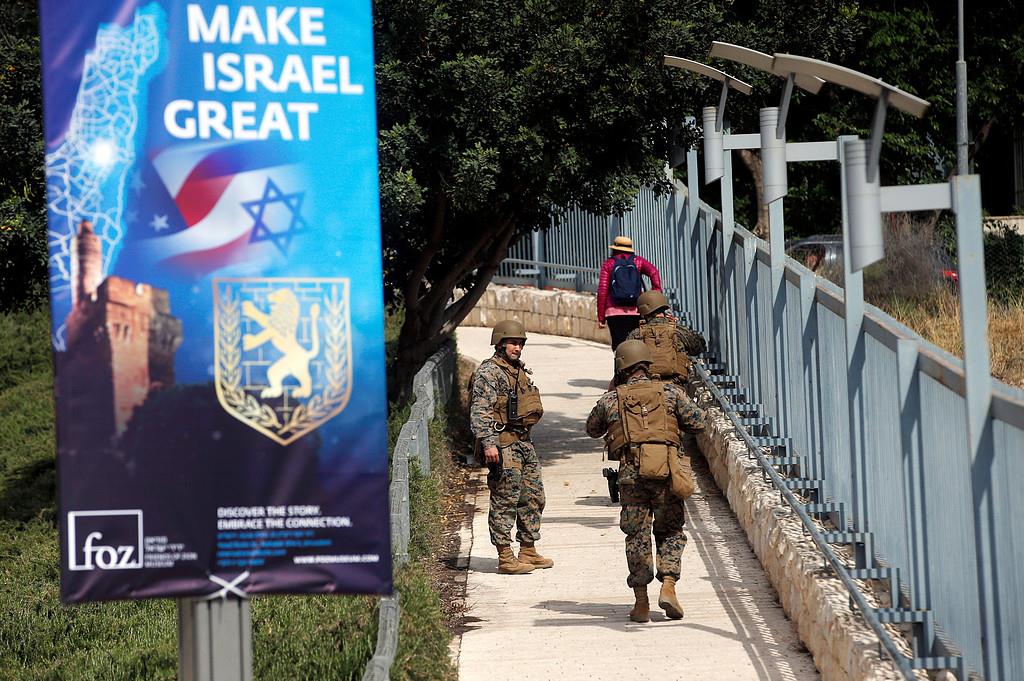When the news of $TSLA possibly using non-Pana batteries at their Shanghai Nanofactory came out, I tweeted that I'll have a recap in "4d20hrs".
$TSLAQ #TSLishen
It was a joke, but @TSLAQpodcast brought it up during his interview w/ @phoennix10, so now, I "have to" do something. (It was a 420 joke TQ!)
Oh well, here it is.
Just how I see the situation based on US/JPN media reporting & some reading.
podbean.com/media/share/pb…
On the Tesla side, it only took a few hours to know Tesla just talked to Lishen & that was it.
@EVdefender summarized it nicely here. Hilariously fast backtracking right there.
On the Pana side, it was just a formality. The news that Pana & Toyota were close to formalizing the deal was already out in Japanese media about a month ago.
They were working on the deal for a year. They announced it in Dec. '17. @BertelSchmitt knew what was going on immediately, & wrote about what it means to Pana, Toyota & Tesla. 🎯
dailykanban.com/2017/12/thats-…
For more recent stuff, you just need to look at PEVE, the battery JV b/w them. Yep, they have a factory near Shanghai, making battery etc. for hybrids sold in China.
peve.jp/en/corpolate/h…
Pana wanted more auto battery business, but Toyota was a bit reluctant because they were/are the leading company in hybrids. For more details, I talked about it here.
Toyota also seems to be making good progress on solid state battery:
bloomberg.com/news/articles/…
Pana also didn't want to be too dependent on Toyota. Pana is a big & prideful company w/ 100+yr history, despite their recent struggle. They also needed a positive growth story when they started up the relationship w/ Telsa.
The deal is Toyota 51%, Pana 49%. Pana will transfer their 5 battery factories, including 1 in Dailan, China, to this JV. They'll keep some basic R&D, and their cylindrical battery business (i.e. Tesla). This JV is for prismatic cells.
asia.nikkei.com/Business/Busin…
Pana won't get to keep all the benefit of likely growth in BEVs to themselves, but w/ Subaru, Mazda & likely Suzuki joining, it was clearly a good deal for them. They're also wooing Honda. That's 1/5 of world-wide auto industry!
What Pana seems to get instead is the ability to sell their batteries to those outside the alliance. Apparently, Pana will be responsible for that part of business.
In the end, it all turned out as expected. Pana will have more & more bargaining power w/ Tesla, so it's bullish for Pana & indirectly bearish for Tesla. Pana won't need Tesla in a few years.
/fin
Why is Suzuki close to Toyota?
Not only both are from the same region (Chubu area, same for Honda & Yamaha), but also Toyota helped Suzuki on a couple of important occasions in the past.
timesofindia.indiatimes.com/business/india…




















